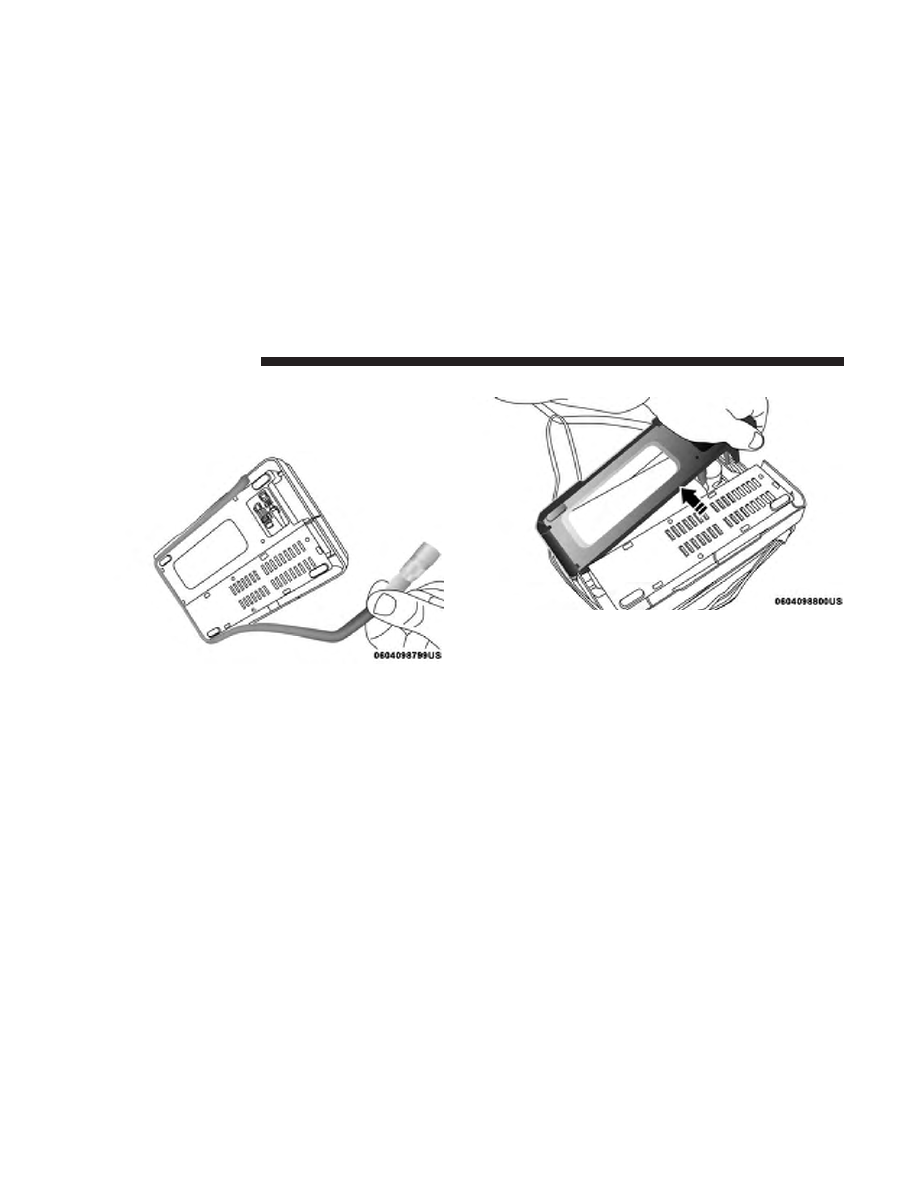Jeep Compass (2019 year). Instruction - part 24

Sealant Bottle Replacement:
1. Unwrap the power cord.
2. Unwrap the hose.
3. Remove the bottle cover.
Unwrap The Hose
Remove The Bottle Cover
372
IN CASE OF EMERGENCY
|
|
|

Sealant Bottle Replacement: 1. Unwrap the power cord. 2. Unwrap the hose. 3. Remove the bottle cover. Unwrap The Hose Remove The Bottle Cover 372 IN CASE OF EMERGENCY |